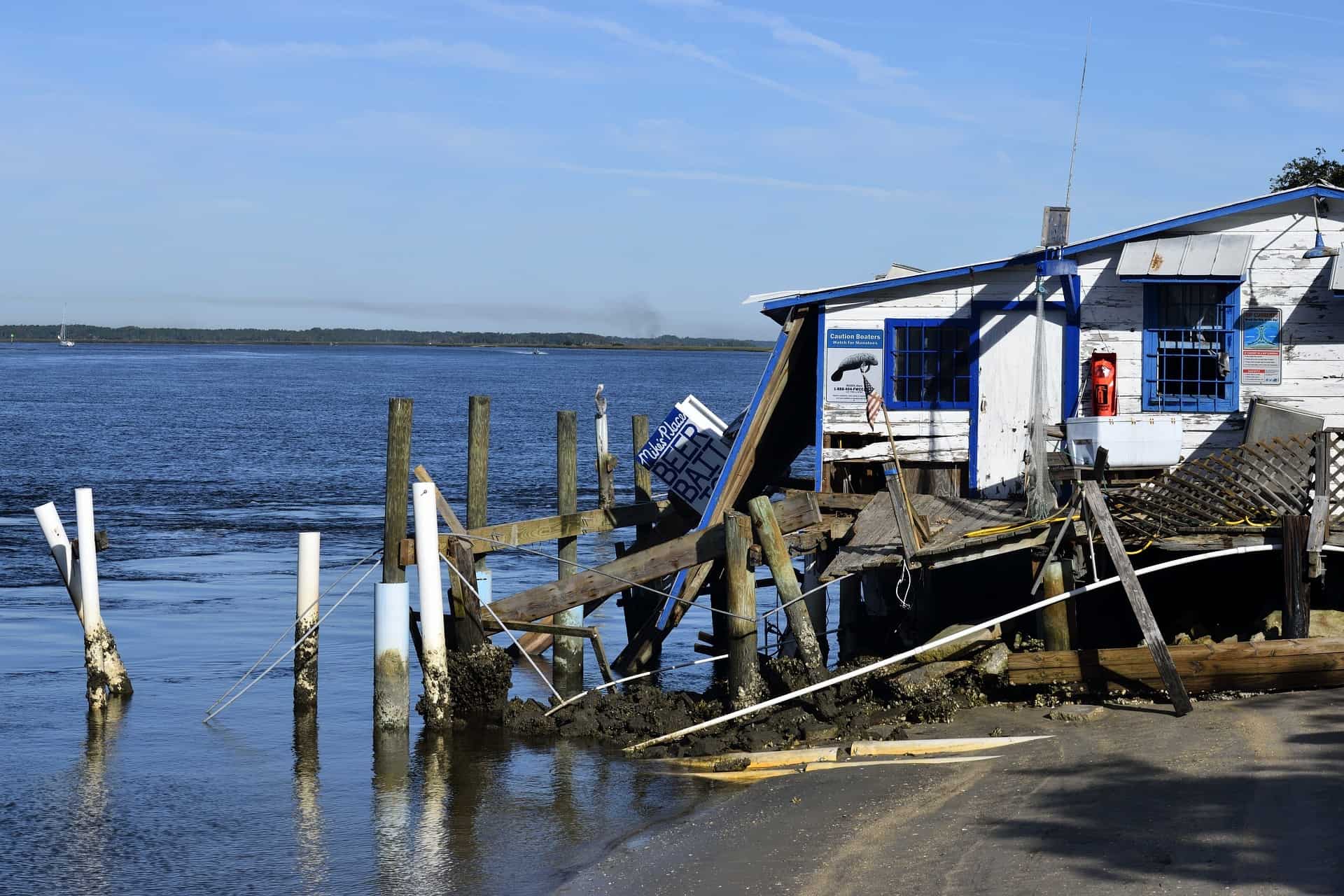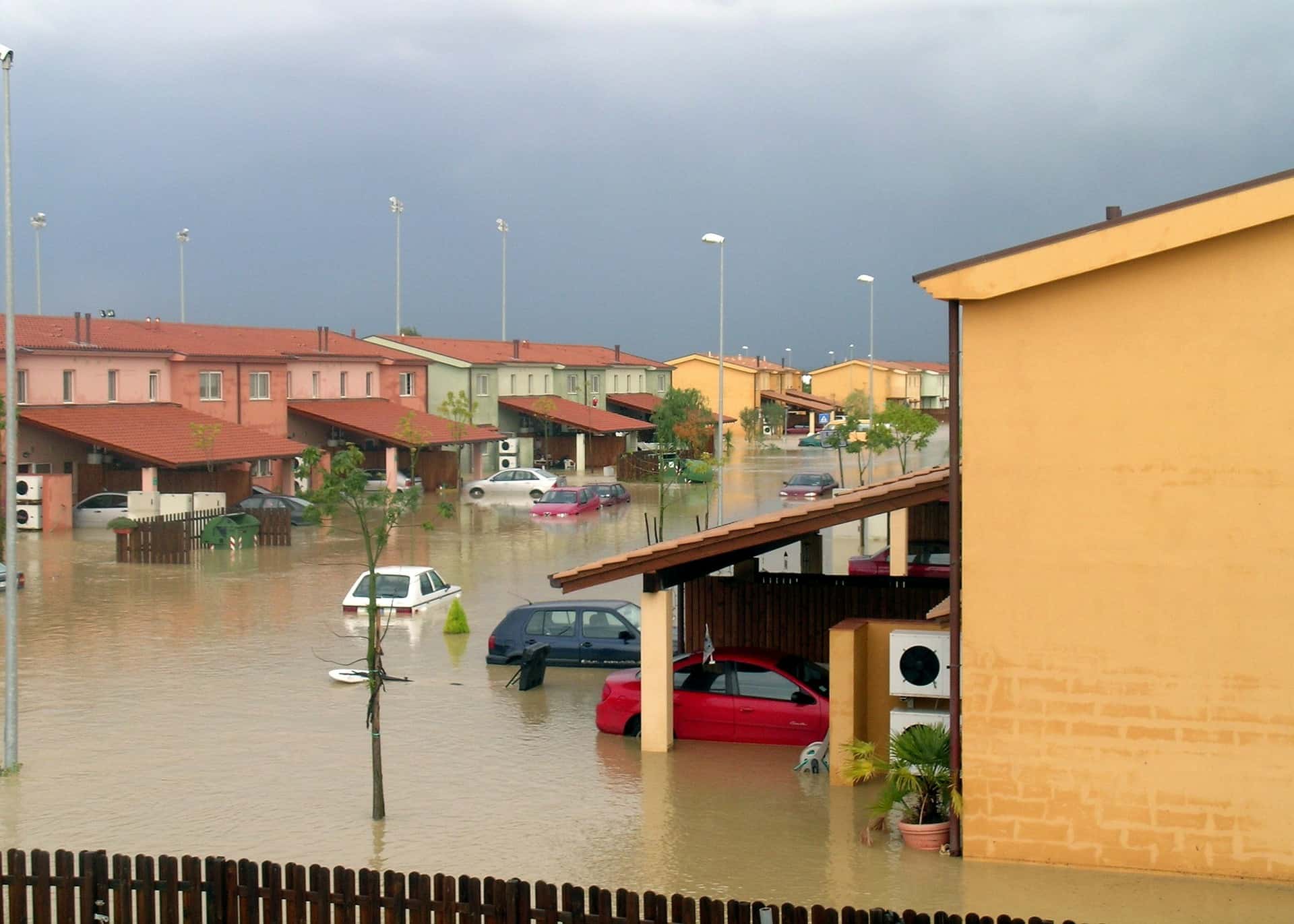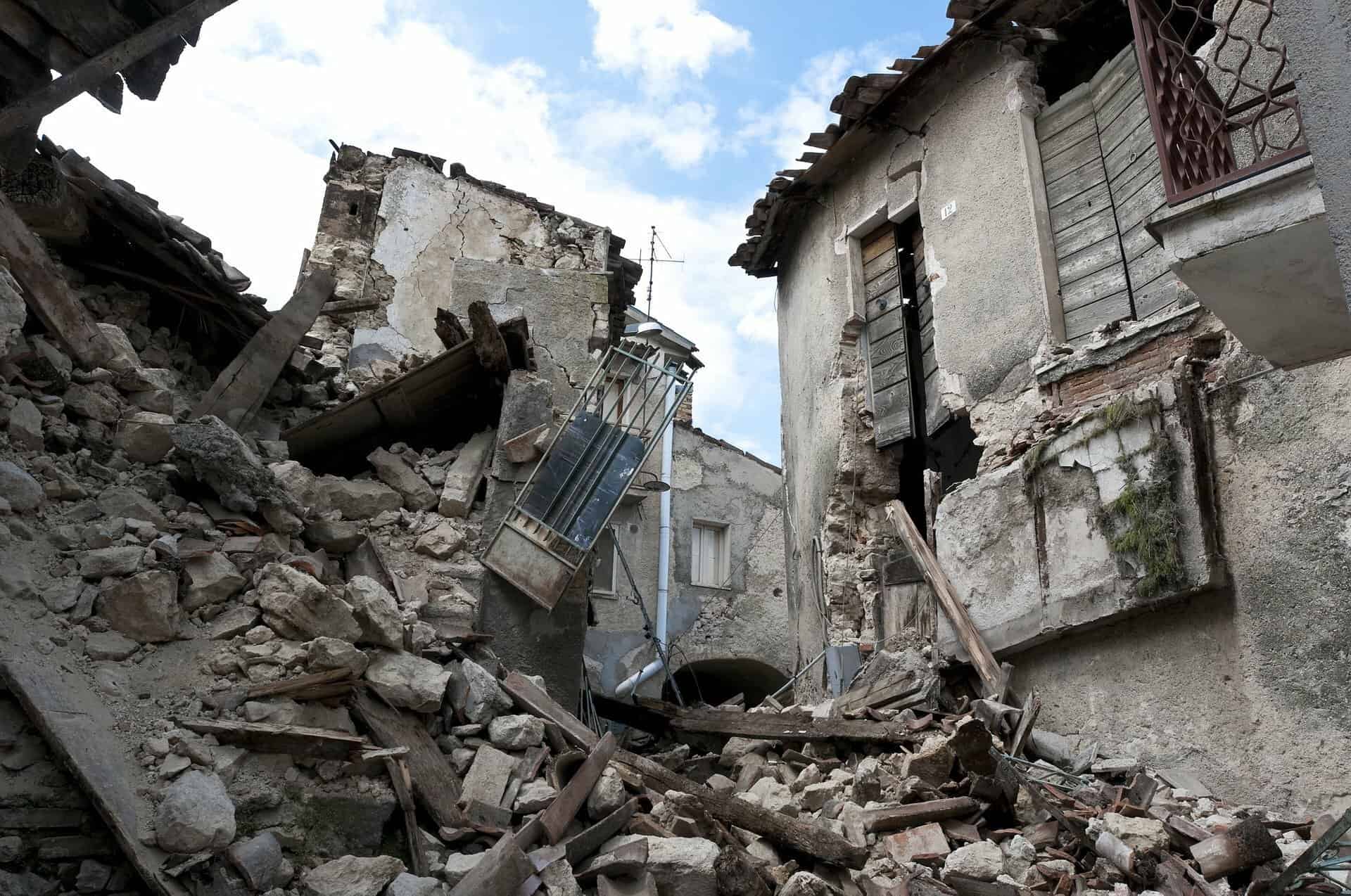The question of will your homeowner’s insurance cover your home in the instance of a natural disaster is asked fairly often. Particularly when there is an uptick in natural disasters. As reported last year, in 2018 the United States experienced 14 disasters that cost the economy as much or more than $1 billion dollars each. But the total cost of these hurricanes, wildfires, floods, and other disasters that struck the U.S. last year is about $91 billion, according to the U.S. National Oceanic and Atmospheric Administration, which tracks U.S. weather and climate events that have great economic and societal impacts. With that said, is your home under your homeowner’s policy? The short answer is, unfortunately, no.
Let’s take a look at what a natural disaster is.
What are natural disasters?
According to the Department of Homeland Security, natural disasters include all types of severe weather, which have the potential to pose a significant threat to human health and safety, property, critical infrastructure, and homeland security. These natural catastrophes occur both seasonally and without warning, subjecting the nation to frequent periods of insecurity, disruption, and economic loss.
Natural disasters that make landfall are often unforgiving and leave nothing but destruction, and sometimes loss of life, in her path. This also can have a significant impact on individuals’ livelihoods. So, in order to carry insurance for the unfortunate circumstance of a natural disaster, you will need to look elsewhere. But, don’t fret, our insurance brokers can assist you in getting the coverage you need to protect your assets!

What natural disaster IS covered by your homeowner’s insurance?
Since all policies are different, we will first take a look at your individual policy to understand what is under protection by your policy and what is not. If you are a new homeowner, we will start out by telling you that most policies will cover a portion of fire damage. However, if you live in a wildfire-prone area, like the dry state of California or the Rocky Mountains, your coverage most likely is a bit different.
Other extreme circumstances that are typically covered under your original policy is:
- Fire and lightning damage
- Hail and rainstorm damage
- Smoke Damage
- Weight of Ice, Sleet, or Snow
What is NOT covered by your homeowner’s insurance policy?
As we mentioned previously, most homeowner’s insurance policies do NOT cover major natural disasters. This means that all your assets, including your home, become a total loss. This is devastating news. Here are some of the natural disasters that are not covered:
- Flood damage
- Sinkholes
- Earthquakes
- Mudslides or Landslides

Don’t let this worry you too much! There IS a separate policy for flood insurance.
In order to be covered by flood insurance, you will need to acquire a separate policy from the National Flood Insurance Program aka the NFIP. According to their website, floods can happen anywhere — just an inch of floodwater can cause up to $25,000 in damage. Most homeowners insurance does not cover flood damage. Please don’t fret! Flood insurance is just a separate policy that can cover buildings, the contents in a building, or both, so it is important to protect your most important financial assets — your home, your business, your possessions.
If you are in a flood-prone area, you NEED flood insurance. The ten top states that are most flood-prone are:
- Florida
- Louisiana
- California
- New York
- New Jersey
- Virginia
- South Carolina
- North Carolina
- Massachusetts
- Georgia
This was a report released in the journal Environmental Research Letters found that the homes of nearly 3.9 million Americans are at risk of flooding in the next century if the sea level rises one foot, as many climate scientists have predicted.
What about Earthquakes?
According to long-term records (since about 1900), we expect about 16 major earthquakes in any given year. That includes 15 earthquakes in the magnitude 7 range and one earthquake magnitude 8.0 or greater. You might be asking, what happens to those that live in earthquake-prone areas and their homes? Well, there is a separate policy for that. These policies will cover damage done by an unanticipated earthquake. We recommend the California Earthquake Authority as both an information source, as well as, a way for you to acquire this policy.
The top 10 states that are most prone to earthquakes are:
- Alaska
- California
- Nevada
- Hawaii
- Washington
- Wyoming
- Idaho
- Montana
- Utah
- Oregon
It needs to be said that just because your state isn’t listed above on either list, doesn’t mean you are in the clear. Please make sure that you talk to your broker or insurance agent about these additional policies and the calculated risk associated with or without the additional policy.
Last, but not least, mudslides, sinkholes, and landslides…
Unfortunately, these are the trickiest natural disasters to cover. These are known in the industry as “earth movements” and most private insurance companies will NOT touch them. This is where a gap policy comes in, aka, a difference in conditions policy (DIC). This is the best way to ensure your assets in the instance of mudslides, sinkholes, and landslides.



